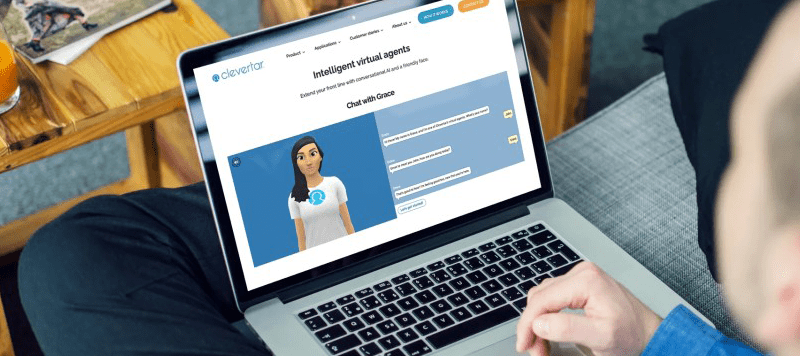By Tanya Newhouse, Co-founder at Clevertar
In the past few weeks, Clevertar has recruited three new staff members – two in our Head Office in Adelaide and one in Sydney. With our open-plan office entirely occupied before COVID-19, normally this would have caused us a major headache.
Where would we house our new staff? We would need a desk for every staff member, and although we offered staff the flexibility to work from home, it needed approval and wasn’t standard practice. In fact, I tacitly discouraged the idea. I like a collegial workplace, with its incidental conversations to generate new ideas, team camaraderie, and mutual motivation.
Perhaps I believed in presenteeism too…
But coronavirus has changed all that, and I am now convinced, for the better. So with our growing team and our newfound appreciation for the work-from-home model, we’ve decided to change things permanently by reducing desks and making working-from-home part of how we operate, rather than a privilege.
Working from home, our team achieves the same outcomes as they previously did, while they enjoy zero commute time and the opportunity for personal concentration that can’t be achieved in an open-plan office.
Here’s how we’re operating now:
- Hot-desks (complete with disinfectant wipes) are standard. Our desktop computers are gone, and all staff use laptops and cloud-based services to enable mobility.
- We rely on collaboration tools, and now plan for meetings rather than relying solely on incidental conversations to deal with issues and create new ideas.
- We no longer accommodate all staff in our office at once. Of course, staff still come in on various days to catch up with each other, generally in their teams, and personal contact is still welcomed.
I do believe that Clevertar’s workplace is irreversibly changed. It’s not a move I would have made, but sometimes even CEOs need to be pushed to get to the right answer.
The feedback from my team is consistent with research from Harvard Business Review. Harvard researchers surveyed 600 US-based white-collar employees from March to May to learn about the impact of working from home on productivity and creativity. ⠀
- The best predictor of adaptation isn’t introversion, but being agreeable and emotionally stable.
- Communication went up 40% with strong ties but down 10% with weaker ties, meaning we increased communication with close collaborators.
- Employees experienced an approximately 10% improvement in self-efficacy and their capacity to pay attention to their work.
- Work from home increased comfort levels, as we discovered new best practices for communicating (“taking our Zoom skills to the next level”), and figuring out how to manage the work-life balance in the new environment.
- Work days were 10-20% longer. An examination of data by Humanyze from email, chat, and calendar systems across a global technology company supports our survey results. It revealed that the workday significantly increased at the beginning of all-virtual work. This means staff weren’t slacking off and ‘cashing in’ on less supervision, they were actually working more.
Nevertheless, my thanks is not to Coronavirus, but to our adaptable and smart Clevertar team who stay close, get things done, and create great solutions without fuss.
It’s the team that made this new workspace work, and I’m really proud of their agility in this post-COVID normal.

